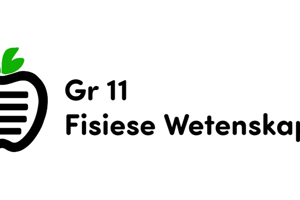Podcast
Questions and Answers
What is the titrant for this experiment?
What is the titrant for this experiment?
NaOH
Is the indicator generally added to the titrant or the analyte in a titration?
Is the indicator generally added to the titrant or the analyte in a titration?
- Analyte (correct)
- Titrant
What is the primary standard in this experiment and define primary standard.
What is the primary standard in this experiment and define primary standard.
Potassium hydrogen phthalate; KHC8H4O4; high purity, large molar mass, nonhygroscopic, reacts in predictable way
What is the secondary standard in this experiment and define secondary standard.
What is the secondary standard in this experiment and define secondary standard.
Distinguish between stoichiometric point and endpoint.
Distinguish between stoichiometric point and endpoint.
When rinsing the buret after cleaning it with soap and water, should the rinse be dispersed through the buret tip or the top opening of the buret? Explain.
When rinsing the buret after cleaning it with soap and water, should the rinse be dispersed through the buret tip or the top opening of the buret? Explain.
Why is the final rinse done with NaOH titrant rather than with deionized water? Explain.
Why is the final rinse done with NaOH titrant rather than with deionized water? Explain.
Calculate the mass of KHC8H4O4 (molar mass=204.23 g/mol) that reacts with 15 mL of the 0.15 M NaOH solution.
Calculate the mass of KHC8H4O4 (molar mass=204.23 g/mol) that reacts with 15 mL of the 0.15 M NaOH solution.
Flashcards are hidden until you start studying
Study Notes
Titration Basics
- Titrant used in the experiment is sodium hydroxide (NaOH).
- The indicator is generally added to the analyte, the solution being tested, rather than the titrant.
Standards and Their Definitions
- Primary standard: potassium hydrogen phthalate (KHC8H4O4) known for high purity, large molar mass, non-hygroscopic properties, and consistent reactivity.
- Secondary standard: sodium hydroxide (NaOH) which is quantified via known moles in a measured solution and reacts with the analyte.
Stoichiometry in Titration
- Stoichiometric point is reached when the precise mole ratio of reactants is achieved.
- Endpoint is indicated by a color change in phenolphthalein, signaling that the reaction has completed.
Buret Rinsing Techniques
- When rinsing a buret post-cleaning, the rinse solution should be sent through the buret tip to ensure all water is expelled, preventing dilution of the titrant.
- The final rinse should be conducted with the titrant (NaOH) to remove residual contaminants, ensuring the accuracy of the experiment.
Calculation of Mass in Titration
- For 15 mL of 0.15 M NaOH, the moles of NaOH calculated are 0.00225 mol.
- This amount corresponds to 0.00225 mol of KHC8H4O4 based on a 1:1 mole ratio.
- The mass of KHC8H4O4 is computed as 0.4595 g, calculated using its molar mass of 204.23 g/mol, rounded to the correct number of significant figures.
Studying That Suits You
Use AI to generate personalized quizzes and flashcards to suit your learning preferences.




